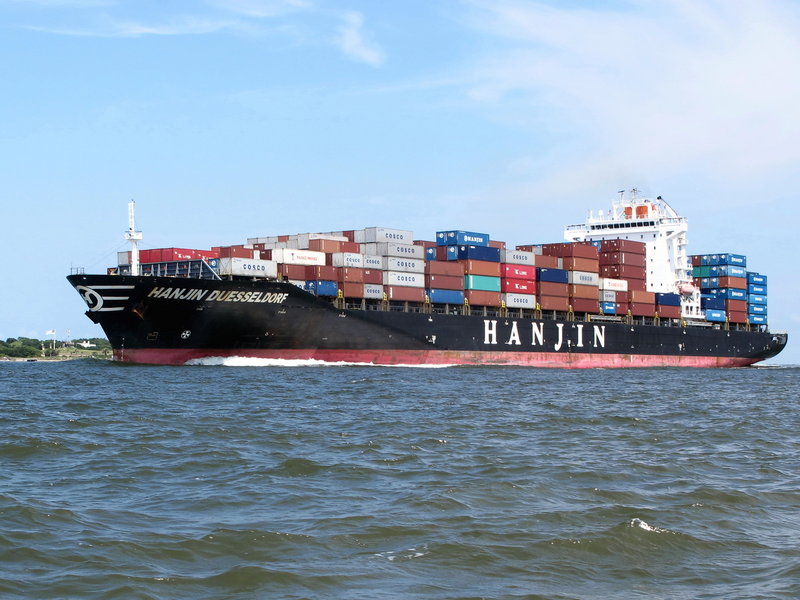ISLE OF PALMS, S.C. — Companies that ship goods by sea face challenges brought on by new shipping alliances and the rise of massive container ships, and the ports that serve them must help address those issues, industry officials said Tuesday at the South Carolina International Trade Conference.
Bigger ships require more time to unload goods, the rise of shipping alliances means fewer shipping options and the growth of mega ports means more congestion and delays in moving goods, representatives of major companies that ship worldwide said.
“I hear a lot about dredging but I don’t hear a ton about the rest of the infrastructure we need to improve,” said Eric Sherman, a vice president of the Charlotte, N.C.-based Family Dollar retail chain. He said the chain, which uses South Atlantic ports, also began moving goods through Southern California the several years ago.
But he added, “With the aggravation and the stress on the West Coast, sometimes I wonder.” He said the company deals with longer times to get cargo off ships and increased waiting times for its trucks because of port congestion.
South Atlantic ports, including Charleston and Savannah are pursuing harbor deepening programs so they can accommodate larger container ships that will routinely be calling when the Panama Canal widening is completed in 2015.
Those ports now have greater flexibility and faster unloading times than West Coast ports, Sherman said. “But will the competitive advantage continue with mega ships?” he asked.
The Port of Charleston has been taking steps to handle the larger container ships. The U.S. Army Corps of Engineers announced last week that all field studies for an estimated $300 million harbor deepening project have been completed. A final Corps recommendation on deepening the shipping channel from its current 45 feet to 50 feet is expected in 2015.
Earlier this summer, the State Ports Authority agreed to spend about $25 million on two new container cranes to handle cargo from larger container ships. Once installed in 2015, 12 of the 20 container cranes at the state’s ports will be able to service the larger ships.
Meanwhile, projections on the $5 billion Panama Canal expansion’s impact on shipping continue to change, a top official of the Panama Canal Authority said Tuesday.
Rodolfo Sabonge said that when the project was designed, the locks were expected to be able to handle the world’s largest ships. But when the enlarged canal opens, about 9 percent of the world’s container fleet will already be too big to use it. He said consolidation in shipping will mean companies joining to operate larger ships.
“We are already talking about mega-ports and mega-port congestion” in other places, said Klaus Schnede of the Eastman Chemical Co.
“We will certainly see that on the East Coast as well.”
Frank Baragona, a regional president for CMA CGM, the world’s third-largest shipping group, said ports face challenges beyond deepening shipping channels.
They will need larger cranes, on-dock rail service to quickly move containers and enough labor to unload larger ships. Even having enough tugs and harbor pilots to handle the larger ships has become an issue in Europe, he said.
Send questions/comments to the editors.



Success. Please wait for the page to reload. If the page does not reload within 5 seconds, please refresh the page.
Enter your email and password to access comments.
Hi, to comment on stories you must . This profile is in addition to your subscription and website login.
Already have a commenting profile? .
Invalid username/password.
Please check your email to confirm and complete your registration.
Only subscribers are eligible to post comments. Please subscribe or login first for digital access. Here’s why.
Use the form below to reset your password. When you've submitted your account email, we will send an email with a reset code.